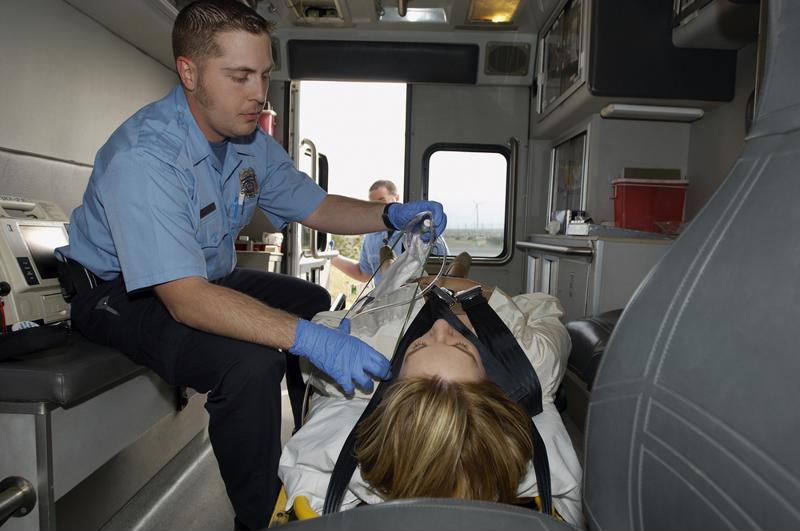Consultants to Contact
- Adrianne Talbert - Vice President & Consulting Actuary (Kansas City)
- David Palmer - Vice President & Principal (Baltimore)
- Glenn A. Tobleman - Executive Vice President & Principal (Dallas)
- Jennifer Allen - Consulting Actuary (Dallas)
- Jan E. DeClue - Vice President & Consulting Actuary (Kansas City)
- Jeffrey D. Lee - Vice President & Consulting Actuary (Kansas City)
- Lisa Jiang - Vice President & Senior Consulting Actuary (Dallas)
- Muhammed Gulen - Vice President & Legal Consultant (Dallas)
- Michael Mayberry - Senior Vice President & Principal (Dallas)
- Mark Stukowski - Vice President & Principal (Denver)
- Robert Dorman - Vice President & Consulting Actuary (Dallas)
- Stephanie T. Crownhart - Vice President & Senior Consulting Actuary (Kansas City)
- Scott Gibson - Senior Vice President & Principal (Dallas)
- Scott Morrow - Vice President & Principal (Kansas City & London)
- Tim DeMars - Vice President & Principal (Kansas City & London)
- Terry M. Long - Senior Vice President & Principal (Kansas City)
- Vickie Goodman - Vice President & Director - Compliance (Kansas City)
Testimonial
In recent years, the national opioid crisis has grabbed a lot of headlines – and rightly so. States across the country have scrambled to roll out new laws and regulations related to addressing the problem and saving lives. One of these issues, which cropped up in the last year or so, is the problem some first responders and medical professionals had when trying to obtain life, disability and long-term care insurance if they also carried the critical medicine naloxone.
The problem here is relatively simple to explain: Insurers would, as part of the application process, ask applicants whether they had a prescription for the life-saving drug. In the past, this would have been a fairly easy way to assess that person's likelihood to engage in risky behavior such as narcotic use. However, with the opioid crisis being what it is, and more nurses and first responders wisely carrying the drug on their person at all times to treat those who might be in the midst of an overdose, the old binary judgment on whether naloxone should lead to higher costs or even flat denials of coverage was not in step with the current situation.
Advocates argued insurance companies and regulators alike really hadn't updated their policies to reflect new realities around naloxone possession. Both sides of that equation have been quick to act since this issue first began receiving media attention.

What's the issue?
In a number of states, including New York, medical professionals and first responders have occasionally reported being denied insurance coverage due to having naloxone prescriptions. According to the Albany Times Union, this led to demonstrations, news coverage and even proposed legislation that highlighted the problem at the heart of such decisions. Unless insurers could demonstrate a clear risk on an individual basis, being prescribed naloxone – to be used either on the carrier in the event of accidental exposure to opioids, or on others as a life-saving measure – should not count against those seeking insurance, and certainly should not be used to deny coverage.
New York's approach
In the Empire State, the New York Department of Financial Services issued a circular to insurers in early September to clarify rules around underwriting consumers who have a prescription for naloxone.
Included in that circular was a warning that naloxone prescriptions are provided not just to admitted drug users, but many others as well. Coverage denied solely for having a prescription for naloxone would be considered “unfair discrimination” in the eyes of the regulator.
“The Department concludes that adverse underwriting decisions based solely on an applicant having a prescription for an opioid-reversal drug violates Insurance Law §4224,” the circular said.
In announcing the clarification, Gov. Andrew Cuomo said the decision was most important to ensure nurses and first responders in particular had access to life and disability insurance options do not face negative consequences for something they do, both to save lives and simply as part of their jobs.
Cuomo's office noted overdose deaths involving opioids were six times higher in 2017 than in 1999 – with more than 700,000 from 1999 and to 2017. Today, more than 130 people die nationwide from an opioid overdose per day.
A Department of Financial Services investigation found there has not been sufficient analysis by insurers during underwriting to determine the reason for the naloxone prescriptions to appropriately deal with the issue for nurses, first responders and others in such roles.
The Bay State in a similar boat
Earlier this year, similar press coverage around this potential led to action in the Commonwealth of Massachusetts, as the state's Commissioner of Insurance, Gary Anderson, issued a bulletin to insurers along similar lines to guidance in New York.
Speaking a bit more broadly about the “use of prescription information in underwriting,” Anderson noted that while life insurers are wise to assess all risk factors when making underwriting decisions, Massachusetts law permits many people to obtain naloxone without being opioid users themselves. That includes, but may not be limited to, friends and family members of opioid users, or those who carry naloxone to assist others.
“The Division [of Insurance] is issuing this Bulletin to highlight that these prescriptions are different from other prescriptions written, as the medication may be issued to a named individual for use by a different individual or prescribed specifically to prevent illness or disease,” Anderson wrote. As such, he added, the state's expectation is underwriters will do more to ascertain why insurance applicants have a naloxone prescription before rendering a decision on their coverage one way or the other.
Certainly, insurers should always hew as closely as possible to individual state rules and regulations around underwriting requirements, especially in evolving spheres where law may still be changing.
